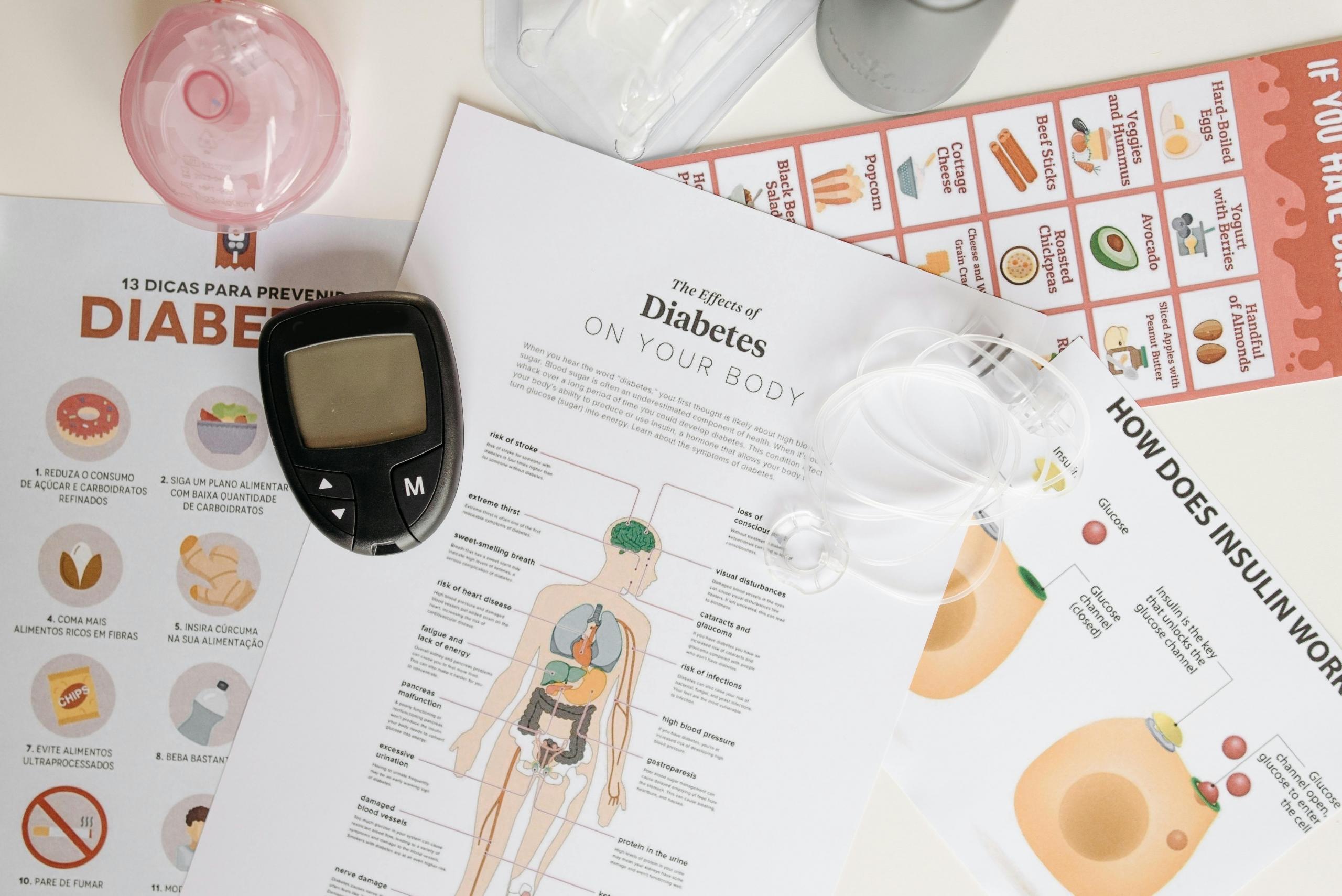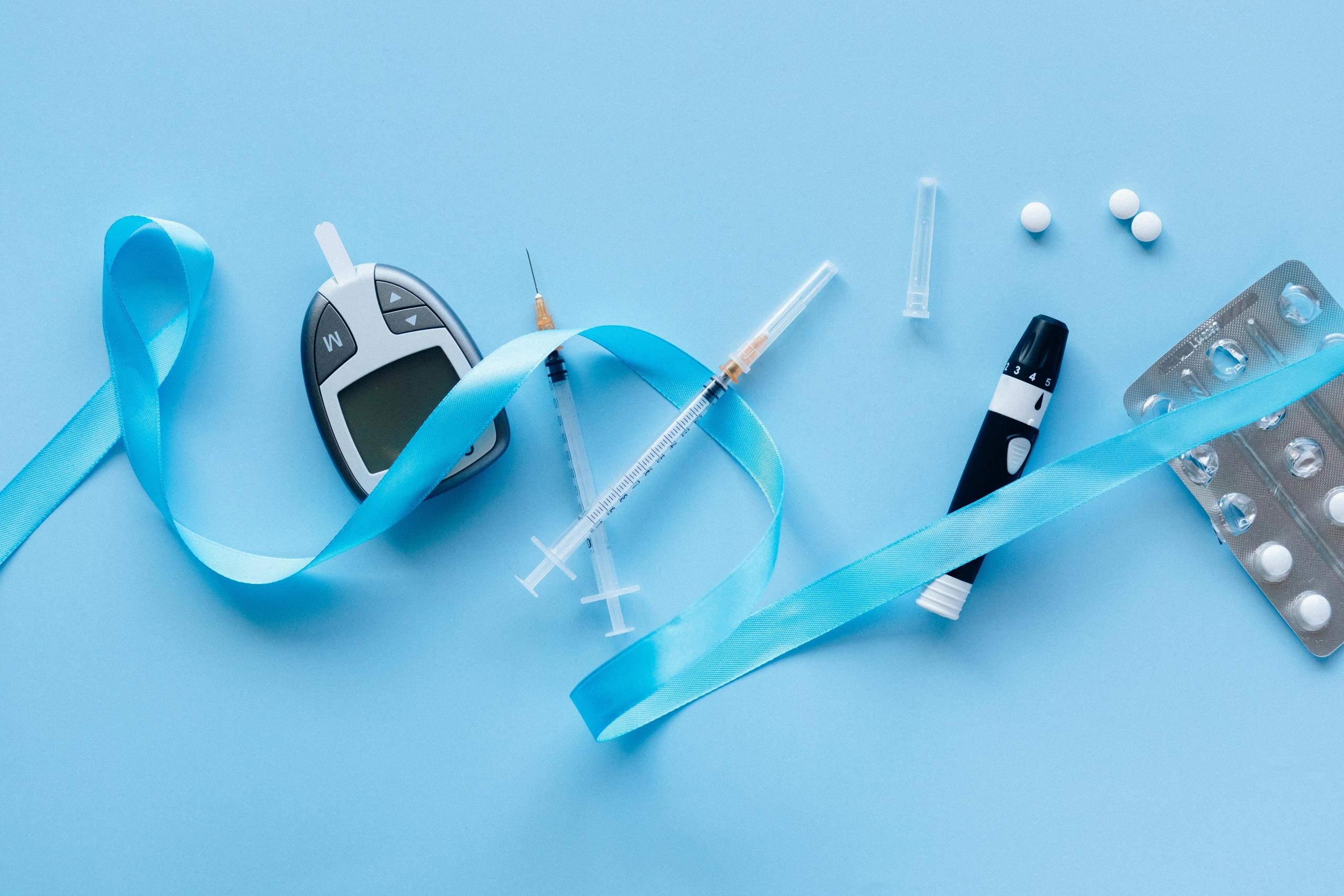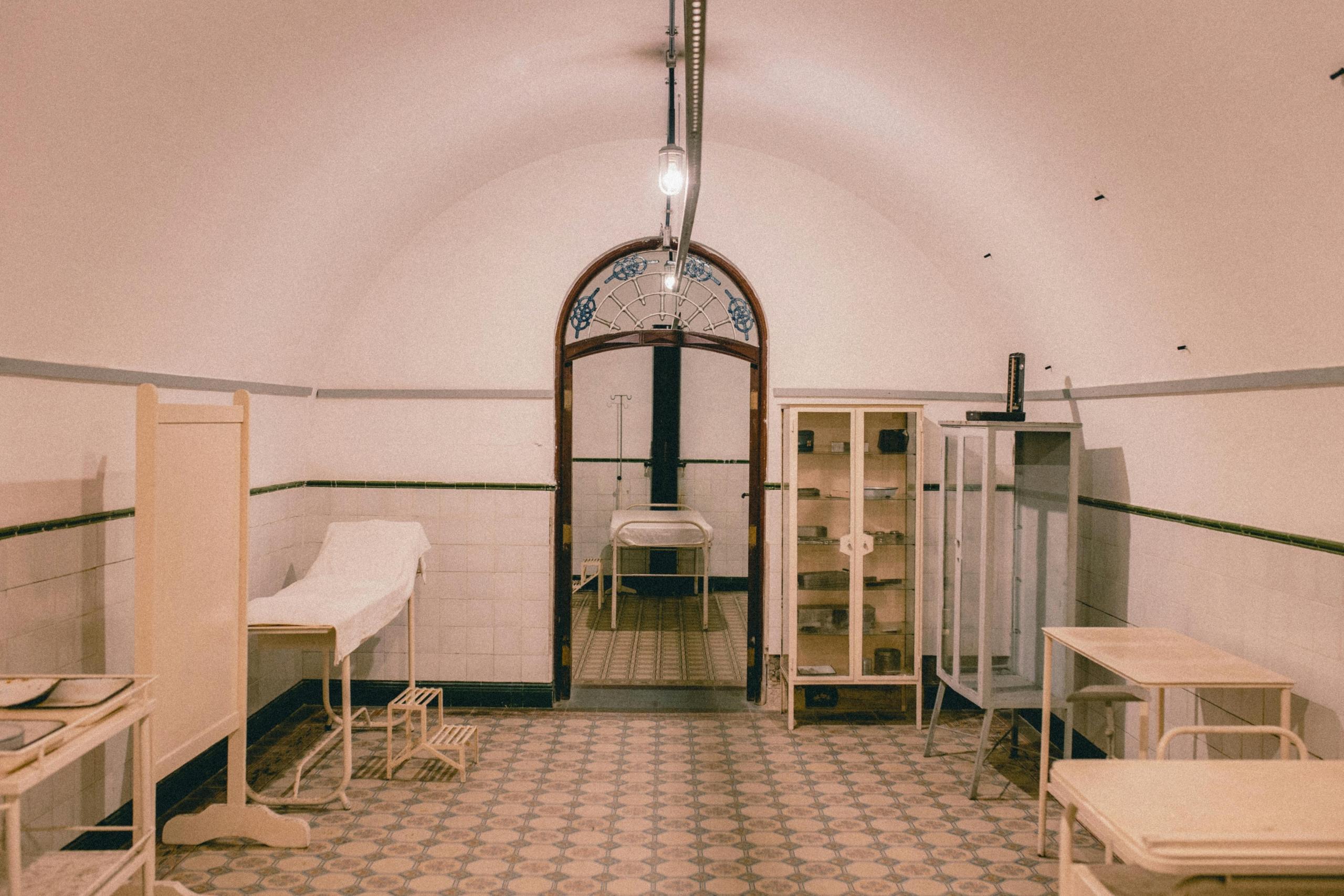The invention of insulin remains one of the most critical discoveries in medical history. Why?
Diabetes is a condition that impacts millions of children and adults around the world, and Canada is no exception. The discovery of insulin by Canadian doctor Frederick Banting completely changed the treatment of diabetes. Through the manufacturing of insulin, diabetes was no longer a fatal disease, becoming a manageable chronic condition.
This article is all about insulin and how its invention has impacted society. We will also explore the work and life of Canadian medical doctor Frederick Banting - an inspiration for any student aspiring to work in the medical profession.
Canadian scientists have created innovative solutions to health issues, such as the invention of pablum.

Who Invented Insulin?
The invention insulin was collaborative and driven by brilliant scientific inquiry, with Canadian Frederick Grant Banting at the centre of its development. Born in 1891 in Alliston, Ontario, Banting was a medical doctor who served in World War I.
Charles Best, Dr. John MacLeod, and James Collip also contributed significantly to the invention of insulin.
Banting became interested in diabetes from studying the work of Moses Barron, who suggested a link between pancreatic islets and diabetes. Banting put forth the hypothesis that isolating the release of pancreatic islets could solve the mystery of treating diabetes.
Who Was Frederick Banting?
Frederick Grant Banting was born in 1891 in Alliston, Ontario. He was the youngest son of Methodist Farmers and nearly entered the ministry but decided his calling was in medicine.
Banting served as a battalion medical officer in the Canadian army, and returned to Toronto in 1919 after being wounded by shrapnel. He trained as a surgeon at the Hospital for Sick Children in Toronto and opened a small practice in London, Ontario.
Banting’s medical practice was not successful financially, and he took a role at the local medical school where he became interested in diabetes research. He also developed an interest in painting, and was friends with members of the Group of Seven.
Who Was Charles Best?
Charles Best was born in 1899 in Pembroke, Maine. His father was a doctor from Canada. Best chose to pursue studies in medicine at the University of Toronto. Best served in the Canadian military as an infantry soldier in WWI.
As a 22 year old medical student Best assisted Banting with his work on insulin. He was assigned to work with Banting by Dr. John MacLeod, who supervised the work. Best continued in his career as a professor of Physiology at the University of Toronto. He died in March 1978.

What is Insulin?
Insulin is a naturally occurring hormone that is made by the pancreas. Insulin allows your body to use glucose, or sugar, for energy. Without enough insulin in the body, high blood sugar levels occur, resulting in diabetes.
Insulin is produced naturally by the body in the pancreas. The pancreas releases insulin directly into the bloodstream. Insulin can also be manufactured, which is what scientists and pharmaceutical companies are able to do thanks to Banting’s discovery.
Why was Diabetes so Deadly before Insulin?
Diabetes, prior to the invention of insulin, was a devastating diagnosis to receive. Type 1 diabetes specifically means that the body cannot produce or use insulin effectively, leading to elevated blood sugar levels.
Treatments for type 1 diabetes were often limited to starvation diets, which often resulted in severe complications like malnutrition and death. At the time, diabetes was a mysterious and elusive condition that was not understood well.
The Canadarm is another excellent example of innovation from Canadian scientists. Learn more about the Canadarm and why it was so important.

When did Frederick Banting Discover Insulin?
1920
Banting seeks support
Banting approaches Dr. John Macleod, a University of Toronto professor and expert in carbohydrate metabolism, with his ideas for diabetes treatment. Macleod provides Banting with lab space, funding, and a research assistant named Charles Best.
May 1921
Experimentation Begins
Banting and Best begin experiments. They surgically ligate the pancreatic ducts of dogs, which causes a degeneration of the exocrine tissue while leaving the islets intact. After a few weeks, they extracted and ground up the remnants of the pancreas, and prepare an extract they hoped would contain an internal secretion.
July 1921
Breakthroughs
Banting and Best inject their pancreatic extract into a dog with diabetes. The dog’s sugar levels drop dramatically, and its symptoms improve. The results of the trial indicate they tare on the right track, though some test subjects react adversely because their initial extract requires refinement.nnTo develop a purer extract, Macleod calls biochemist James Collip in to help. Collip has the expertise to develop a better insulin extract for human trials.
1922
Successes
Insulin is first tested on Leonard Thompson, a 14 year old boy. Thompson has a severe case of diabetes. Initially, the injection is only partially successful. With improvement to the extract, the results are promising. Thompson’s blood sugar levels drop and his condition is improved. nnNews of the discovery spreads rapidly, and the medical community sees the potential of insulin to save lives.
End of 1922
Insulin is distributed commercially
Insulin is commercially produced, and is made available to diabetics worldwide.
1923
Nobel Peace Prize
The development and production of insulin made a long-lasting impact that continues to save millions of lives. A type 1 diabetes diagnosis was essentially a death sentence for patients. With insulin therapy, those with the diagnosis could lead longer, more productive lives. Banting’s work also opened new pathways for research into diabetes and other endocrine disorders.
What was the Impact of Insulin on Diabetes Treatment?
The development and production of insulin made a long-lasting impact that continues to save millions of lives. A type 1 diabetes diagnosis was essentially a death sentence for patients. With insulin therapy, those with the diagnosis could lead longer, productive lives. Banting’s work also opened new pathways for research into diabetes and other endocrine disorders.
Beyond healthcare, Canadians also innovated research solutions in the area of environmental chemistry.
How does Insulin Work?
Here are some key points about the ways insulin works in the body.
- The body ingests glucose from food and drinks you consume.
- Insulin moves glucose from your blood into cells all over your body, where it is used for energy.
- All cells in the body need energy to work efficiently.
- When there is not enough insulin in the body, glucose cannot move into cells where it is used up. Glucose builds up in the blood, leading to hyperglycemia (high blood sugar levels) and diabetes.
- Insulin lowers the blood sugar level, while another hormone called glucagon raises it. Both hormones work to balance blood sugar levels.
How is Insulin Manufactured?
How do I Start a Career in Medical Research?
If Banting’s discovery is inspiring or fascinating to you, you may be contemplating starting a career in science or medical research. An educational pathway in science and medicine is one of the most challenging and rewarding pursuits one can follow.
Start by considering your options for postsecondary education. In Canada, there are research universities in every province embarking in exciting studies. Why not consider Banting’s own University of Toronto? Schools like McGill, McMaster, and the University of British Columbia also have well-regarded science programs.
With a Bachelor of Science, you will build a strong foundation in scientific knowledge. Courses in areas like chemistry and biology are essential for graduate study in the field.
Canadians are known for their contributions to the health, environment, and robotics fields.
I am a firm believer in the theory that you can do or be anything that you wish in this world, within reason, if you are prepared to make the sacrifices, think and work hard enough and long enough.
Frederick Banting
After a bachelor’s degree, you can choose to specialize as a researcher, medical professional, or healthcare professional in a number of ways. There are a variety of programs in college and university that can prepare you, including:
- Clinical Research Certificate
- Clinical Epidemiology Certificate
- Master of Applied Health Services
- Pharmacy
- Master of Science in Experimental Medicine
Alternatively, you could choose to pursue a PhD or doctorate program that will facilitate your research in an area of interest or passion.

Diabetes research is ongoing, with new treatments and solutions being developed everyday. Source: N. Voitkevich.
Conclusion
Banting’s discovery of insulin is a major milestone in the history of medicine. His collaboration with Best, Macleod, and Collip remains a testament to the the power of teamwork, innovative thinking, and scientific inquiry.
Students inspired by world-changing advancements in medical research can follow the pathway of renowned Canadian scientists and doctors by pursuing studies in science. Who knows - maybe you will make the next great medical discovery that saves millions!















